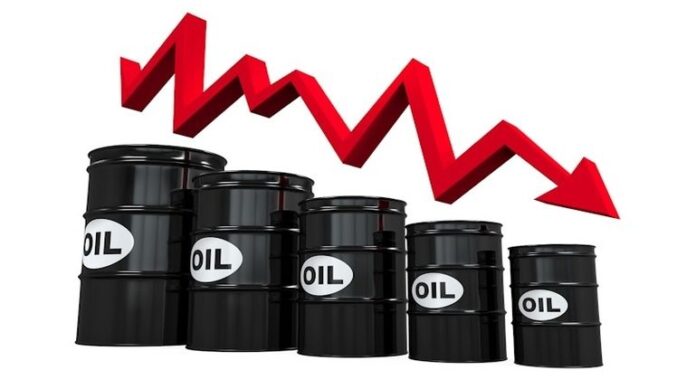Oil prices experienced a decline as a result of disappointing economic data from major consumers, the United States and China. However, losses were tempered by anticipated crude supply cuts by Saudi Arabia and Russia, which helped limit the downward pressure on prices.
Market Reaction to Economic Data
Brent crude futures registered a 0.9% decline, dropping 73 cents to reach $77.74 a barrel, while U.S. West Texas Intermediate crude fell 72 cents, or 1%, settling at $73.14 a barrel. Analysts attributed the cautious sentiment among oil traders to upcoming inflation data in the United States and a series of economic reports from China later in the week.
Concerns over Economic Indicators
The United States witnessed the lowest job gains in two-and-a-half years, accompanied by robust wage growth, as indicated by Friday’s data. These figures are expected to solidify the Federal Reserve’s plans to increase interest rates at its July meeting. Meanwhile, China experienced a decline in factory-gate prices, with the sharpest contraction in over seven years. The slowdown in the world’s second-largest economy has added to the uncertainty surrounding crude prices.
Offsetting Factors
OPEC+ Supply Cuts Despite the bearish economic indicators, crude prices could rebound due to the announcement made by the OPEC+ alliance. The organization plans to further reduce crude supply, bolstering market sentiment. In August, Saudi Arabia will extend its output cut of 1 million barrels per day (bpd), while Russia will trim its crude exports by 500,000 bpd. Notably, Russia will redirect the reduced output to meet domestic fuel demand rather than reducing overall production.
Balancing Market Dynamics
The delicate balance in the oil market is influenced by ongoing concerns about demand control by Western economies and the supply-control strategies implemented by OPEC. The presence of economic slowdowns in China adds to the prevailing uncertainties, creating market instability. Nevertheless, the extended supply cuts by Saudi Arabia and Russia are helping to alleviate Saudi Arabia’s oil surplus, as indicated by the reduced floating storage off the Egyptian Red Sea port of Ain Sukhna.
Oil prices faced downward pressure in response to underwhelming economic data from the United States and China. However, anticipated supply cuts by OPEC+ members, led by Saudi Arabia and Russia, limited the extent of the decline. As market participants await key economic reports, the delicate balance between demand dynamics and supply control will continue to shape oil prices in the coming weeks.






